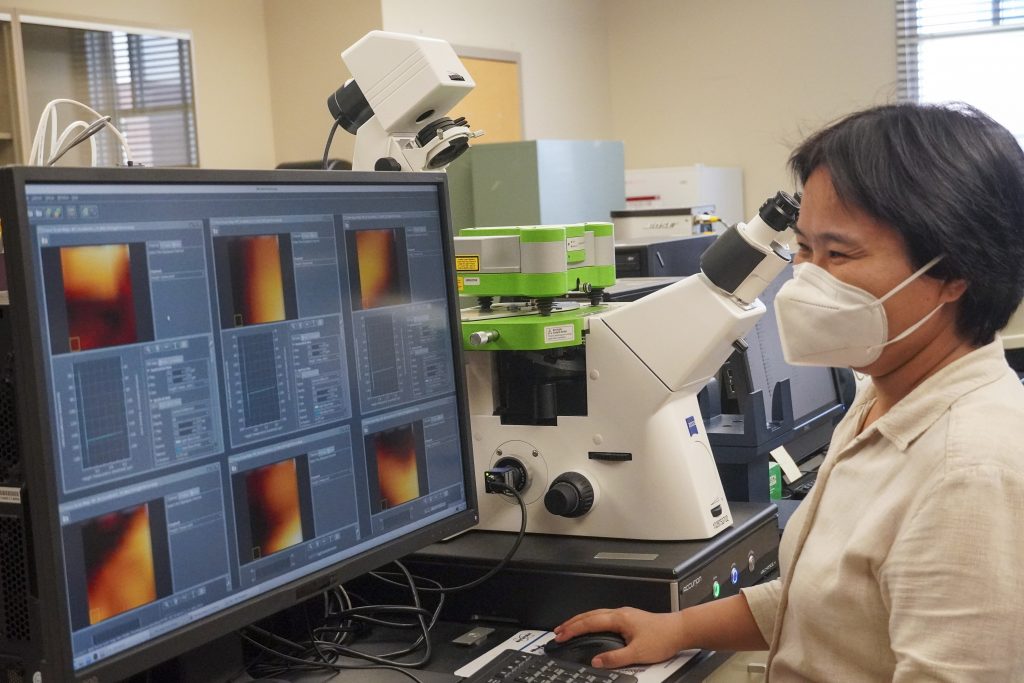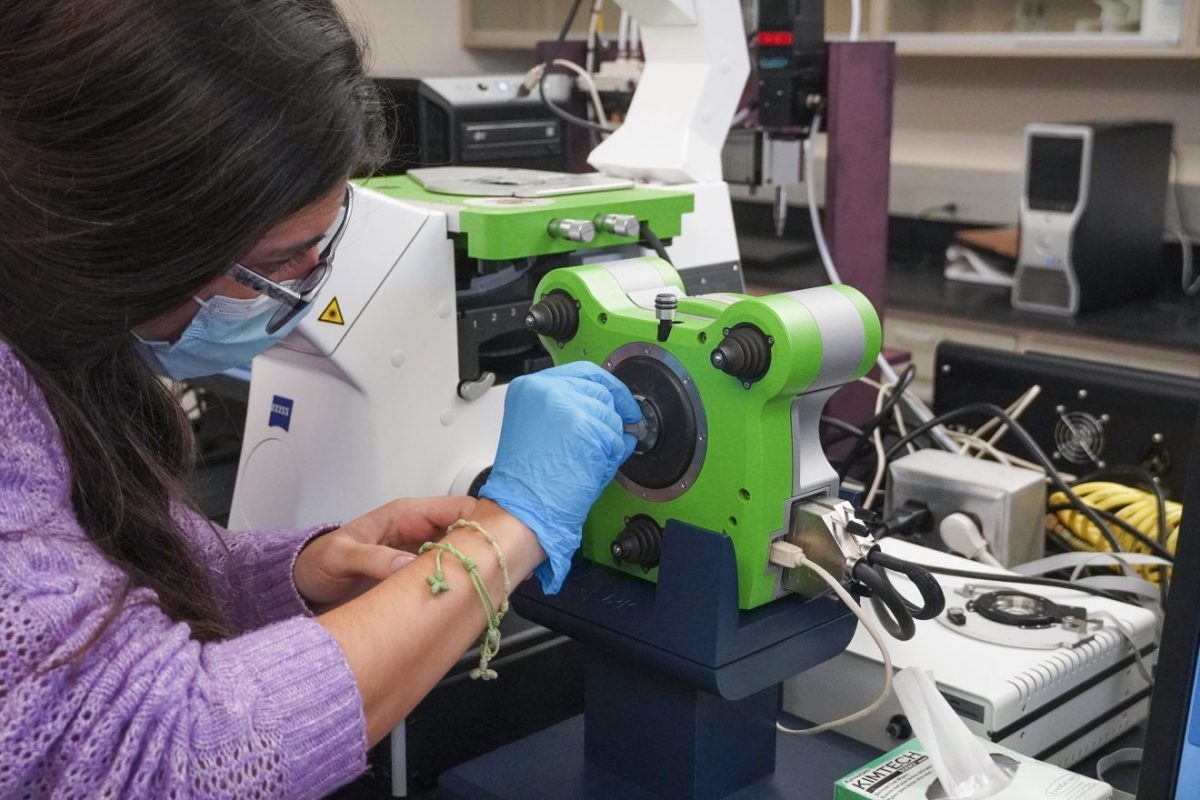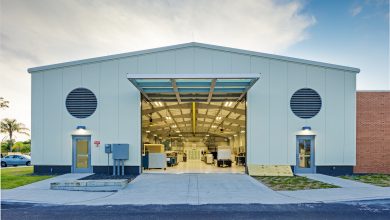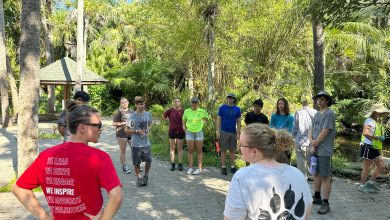6 Uses for the University’s New Atomic Force Microscope
Professor Linxia Gu Explains Some of the Microscope's Primary Applications
Florida Tech recently invested in an atomic force microscope for Dr. Linxia Gu’s Bio-Mechanics Laboratory, where her research is primarily centered on biomechanics and biomaterials, both computational and experimental methods.
“My group is particularly interested in developing multiscale, multiphysics models to study and exploit tissue responses and cellular mechanotransduction, and to gain new mechanistic insights into the interplay of mechanics and biology,” says Dr. Gu, a professor the biomedical and chemical engineering and sciences and mechanical and civil engineering departments. “We characterize local mechanical properties in bioabsorbable materials and nondiseased and diseased tissue—artery, brain, etc.”

So, what is an atomic force microscope (AFM)?
Simply put, an AFM is a type of microscope that provides images of almost any type of surface on an atomic level to measure many different forces and mechanical properties, like stiffness, hardness, adhesion strength and magnetic forces.
“The AFM works by employing an ultra-fine tip attached to a cantilever beam. The tip can feel the delicate configuration of the surface beyond the resolution of an optical microscope. It can sense the force on the atomic level. As the tip pushes the surface, the cantilever deflects,” Dr. Gu says. “In one basic configuration, a laser shines on the cantilever at an oblique angle and allows for the measurement of the deflection of the cantilever by a position-sensitive detector for the laser beam.”
The innerworkings of the microscope are interesting, but the real intrigue lies in what a high-tech AFM like this can be used for.
“In the context of biomedical engineering, it will benefit society by offering clinical translation of therapies beyond what are currently employed, prompting changes in the preventive and therapeutic strategy of diseases, from surgical interventions to rehabilitation strategy to earlier diagnosis of cancer to better prosthesis and more.”
And the applications extend beyond Dr. Gu’s personal research. …
6 Uses for the University’s New Atomic Force Microscope
- Understanding surface chemistry to improve many things in our daily lives, from non-stick cookware to rain-resistant car windshields to computer chips for cellphones to sweat-resistant/wicking clothing and more
- Identifying the elasticity of DNA and protein at nanoscale, which opens up new ways to study the micromachines that read, replicate and repair the double helix and allow biologists and physicists to dig deeper into the fundamental machinery of life
- Evaluating protein elasticity, which is essential to the function of biological machinery as diverse as the human arterial wall, the capture spiral of spider webs and the jumping mechanism of fleas
- Understanding the properties of single molecules, which allows scientists to formulate more effective drugs and safe food additives
- Measuring adhesion force for guiding the cell attachment to its surroundings, binding dynamics, cell migration, tissue adaptation and cancer treatment
- Capturing the mechanical properties of biological samples, e.g., tissue, grafts, calcium, skeletal fibers, cells, etc.

The AFM will enrich the testing capacity for the university and will allow us to study things that we don’t understand yet.
Dr. Linxia Gu, Professor, Biomedical and Chemical Engineering and Sciences , Mechanical and Civil Engineering





